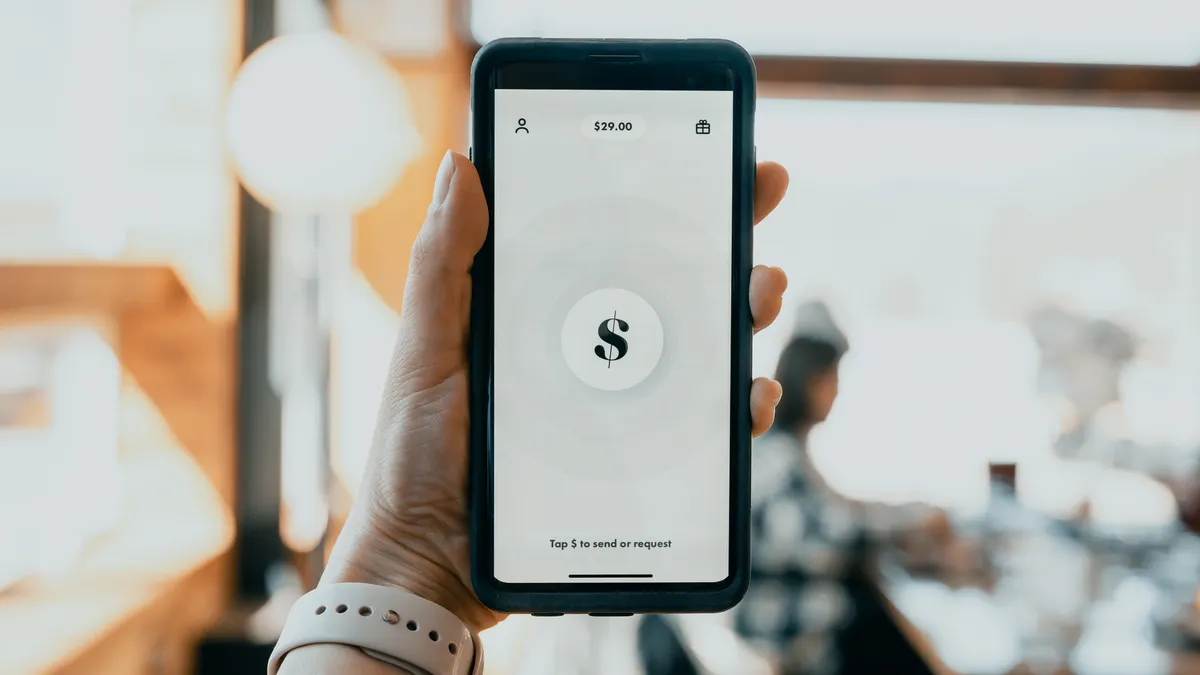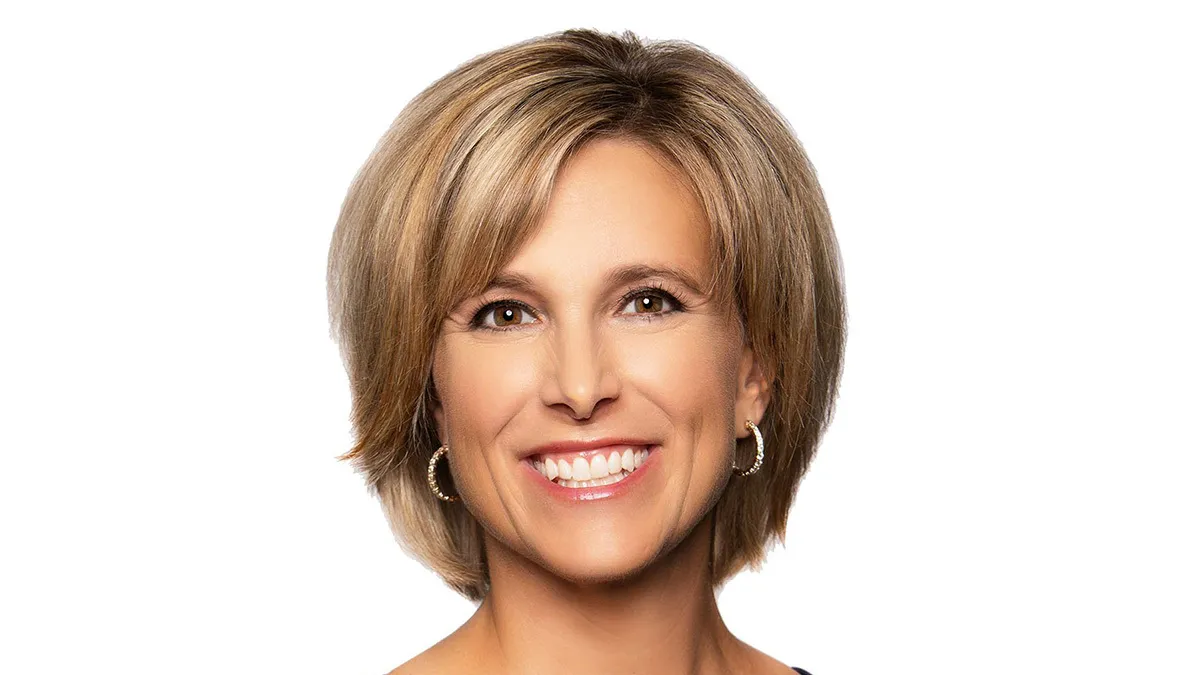Dive Brief:
- PayPal and Square have seen the funds that customers store in the companies' mobile wallets surge over the past five years, with PayPal's worldwide funds nearly tripling to $31 billion as of the end of June, up from $11.56 billion, and Square's Cash App holdings climbing many times over to $2.85 billion from $44 million, according to a new analysis from S&P Global Market Intelligence.
- Still, the individual account total amounts tend to be small, with the bulk of accounts holding less than $500 in PayPal and Cash App accounts, as well as Apple Cash, Venmo and Google Pay, the report said.
- "Mobile payment providers are trying to attract larger balances of customers' cash that likely otherwise would remain in traditional bank accounts by offering expanded features and special deals on purchases made with stored funds," said the report, which was issued Thursday.
Dive Insight:
The report underscored the increasing threat that mobile wallets pose to traditional banking institutions. It also pointed out that the new entrants are becoming more aggressive in their efforts to move money from customers' banks to the mobile accounts by offering new financial tools.
Square, PayPal and Google have been racing to create "super apps" with an array of digital financial services as they amp up efforts to lure customers from the traditional banking system.
The new apps, usually accessed on smartphones or other mobile devices, rely on multiple programs that provide a variety of financial services, from basic bank accounts to investing services to peer-to-peer (P2P) payment options. The tech giants are targeting business and consumer clients alike with the expanded app features.
Aside from the increase in total stored value on the accounts collectively, the number of accounts has been on the rise too. There were about 2.8 billion mobile wallets worldwide at the end of 2020, and that number is expected to climb 74% to 4.8 billion within five years, according to a recent forecast from global mobile-payment network provider Boku in conjunction with Juniper Research.
"The aggressiveness with which some of these mobile platforms have expanded their features since the (COVID-19) pandemic took hold” was one of the most striking aspects of the analysis, said S&P Global Market Intelligence fintech analyst Nimayi Dixit. Every time users engage with those new features, the companies tend to make money through fees, he explained. The challenge for the companies is to increase the amounts in each of the accounts, he said.
Overall cash in PayPal and Square accounts has jumped especially since the start of the pandemic early last year. For instance, the amount in Square Cash App accounts has more than quadrupled since the end of 2019, according to the report. That growth has come alongside increased customer use of the mobile wallets as the pandemic led consumers stuck at home to shop using mobile devices.
"Mobile payment apps are making concerted efforts to try to entice customers to store more dollars in-app," the report said. "Some recent announcements like Google’s Plex account and PayPal’s high-yield savings account point to an increased aggressiveness by these companies to attract and store customer funds."
Alphabet's Google Plex account, PayPal's high-yield savings account and Samsung Electronics' Samsung Money debit card are all part of campaigns to get consumers comfortable with storing larger amounts of money on their phones, the report said. "The larger account balances should boost top-line and bottom-line growth by driving greater engagement with the platforms' expanding suites of payment and banking products and lower the cost of facilitating transactions for payment providers," the report said.
While North America mobile wallet use is projected to rise nearly 50% between 2020 and 2025, that adoption rate lags Western Europe, China and other parts of the Asia-Pacific region. China-based AliPay and WeChat Pay are the dominate the arena, with projections for $2.35 trillion and $2.15 trillion in transactions processed by 2025, respectively, according to the 2021 Mobile Wallets Report released this month.











